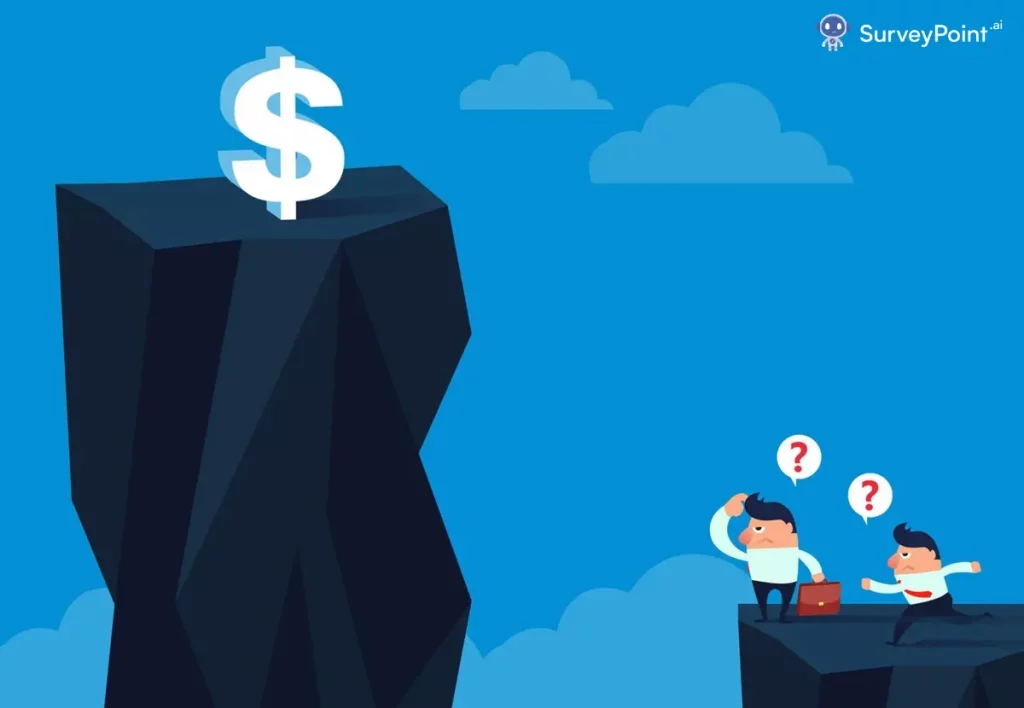
Unlock the secrets of the Valley of Despair Graph with our comprehensive guide. Discover 7 actionable tips to navigate this challenging journey successfully and emerge stronger on the other side.
Are you feeling stuck in your work or personal life? Do you feel like you’re not making any progress despite your best efforts? You might be experiencing what’s known as the “valley of despair.” This is a common phenomenon that many people go through when they’re trying to achieve a goal or make a change in their lives. But don’t worry – there are ways to overcome it! In this blog post, we’ll explore the valley of despair graph and provide you with 7 tips to help you climb out of it.
What is the valley of despair?
The valley of despair is a term used to describe the emotional state that people experience when they’re going through a difficult time. It’s often associated with the process of change, such as starting a new job, moving to a new city, or trying to break a bad habit. The valley of despair is characterized by feelings of frustration, disappointment, and hopelessness. It’s a place where people feel stuck and unable to move forward.
The valley of despair graph
The valley of despair graph is a visual representation of the emotional journey that people go through when they’re trying to make a change. It’s a U-shaped curve that starts with a period of excitement and optimism, followed by a dip into the valley of despair, and then a gradual climb back up to a state of happiness and fulfillment. The valley of despair is the lowest point on the curve, and it’s where people are most likely to give up on their goals.
7 tips to help you overcome the valley of despair

Acknowledge your feelings
It’s important to recognize that the valley of despair is a normal part of the change process. Don’t beat yourself up for feeling frustrated or disappointed. Instead, acknowledge your feelings and accept them as a natural part of the journey.
Break it down
The valley of despair can be overwhelming, but it’s important to remember that it’s not permanent. Break your goal down into smaller, more manageable steps. This will help you feel more in control and give you a sense of progress.
Celebrate small wins
Celebrate every small win along the way. This will help you stay motivated and keep you focused on your goal.
Get support
Don’t be afraid to ask for help. Reach out to friends, family, or a professional if you need support. Having someone to talk to can make a big difference.
Stay positive
It’s easy to get bogged down in negative thoughts when you’re in the valley of despair. Try to stay positive and focus on the progress you’ve made so far.
Take a break
Sometimes, the best thing you can do is take a break. Step away from your goal for a little while and do something that makes you happy. This will help you recharge and come back to your goal with renewed energy.
Keep going
Finally, remember that the valley of despair is just a temporary setback. Keep going, even when it feels tough. You’ll get through it, and you’ll come out stronger on the other side.
You Must Read 10 Research Methods for Management Excellence: Accelerate Your Decision-Making Master Your Career Path with MCSE Data Management and Analytics: A Comprehensive Guide 2024 5 Unexpected Advantages of Sentiment Analysis That Boost Your Bottom Line (No. 3 Will Surprise You!)
FAQs
How long does the Valley of Despair last?
The duration varies for each individual and situation. It depends on factors such as mindset, support systems, and the nature of the challenge.
Can you experience the Valley in different aspects of life?
Absolutely. The Valley of Despair is not exclusive to one domain. It can manifest in personal, professional, or educational spheres.
Are there specific strategies for overcoming each phase?
Yes, tailored strategies can be employed for each phase, emphasizing the importance of self-awareness and targeted efforts.
Is seeking professional help beneficial during this journey?
Professional guidance can be invaluable. Therapists, mentors, or coaches offer insights and strategies to navigate the Valley effectively.
How do external factors influence the Valley of Despair?
External factors, such as support networks and societal conditions, can significantly impact the experience of the Valley. A strong support system can mitigate its effects.
Can the Valley of Despair lead to positive outcomes?
Absolutely. Successfully navigating the Valley builds resilience, adaptability, and personal growth, leading to positive outcomes in the long run.
Conclusion
The valley of despair graph is a difficult place to be, but it’s not impossible to overcome. By acknowledging your feelings, breaking your goal down into smaller steps, celebrating small wins, getting support, staying positive, taking a break, and keeping going, you can climb out of the valley and achieve your goals. Remember, the valley of despair is just a temporary setback. Keep pushing forward, and you’ll get there!

